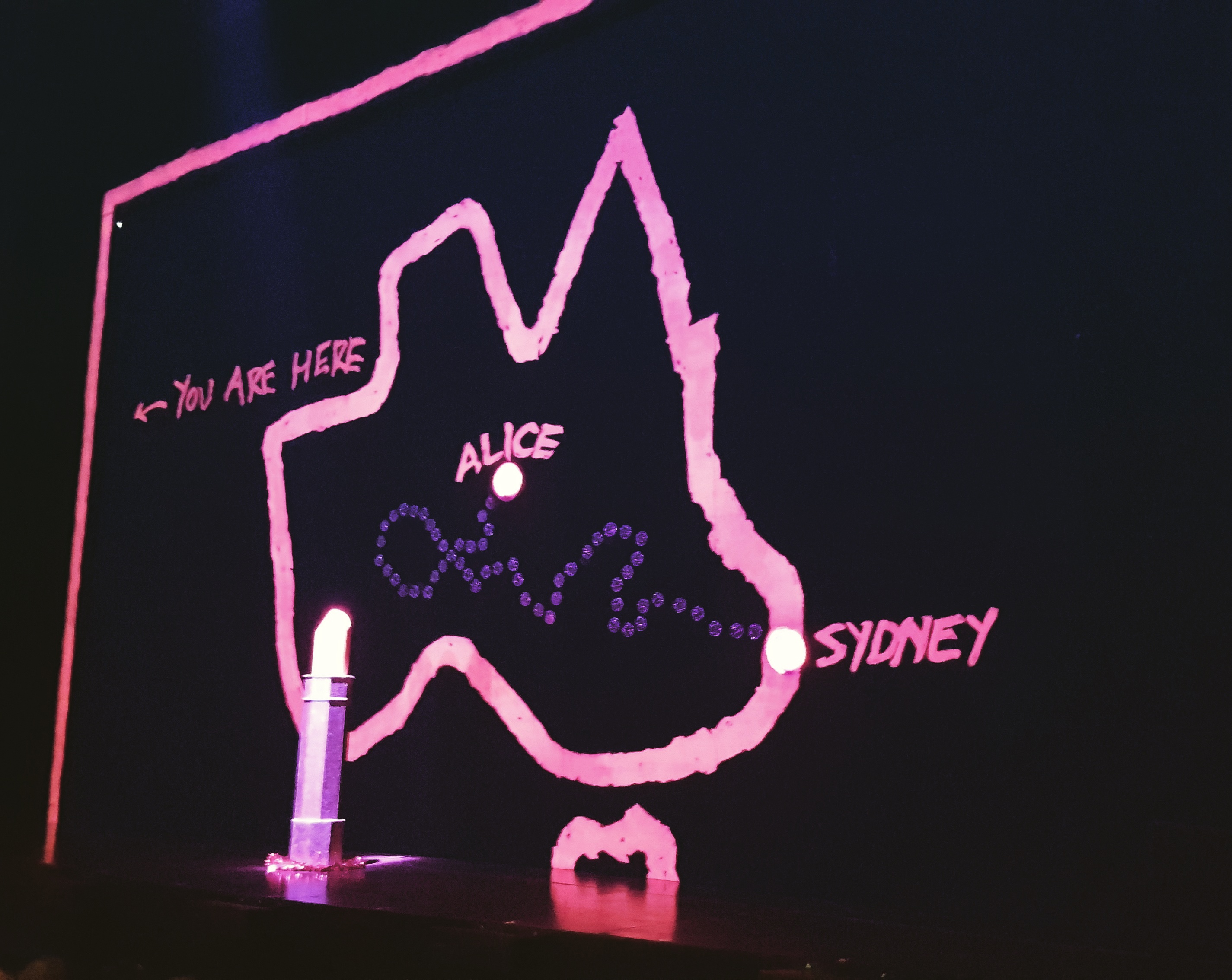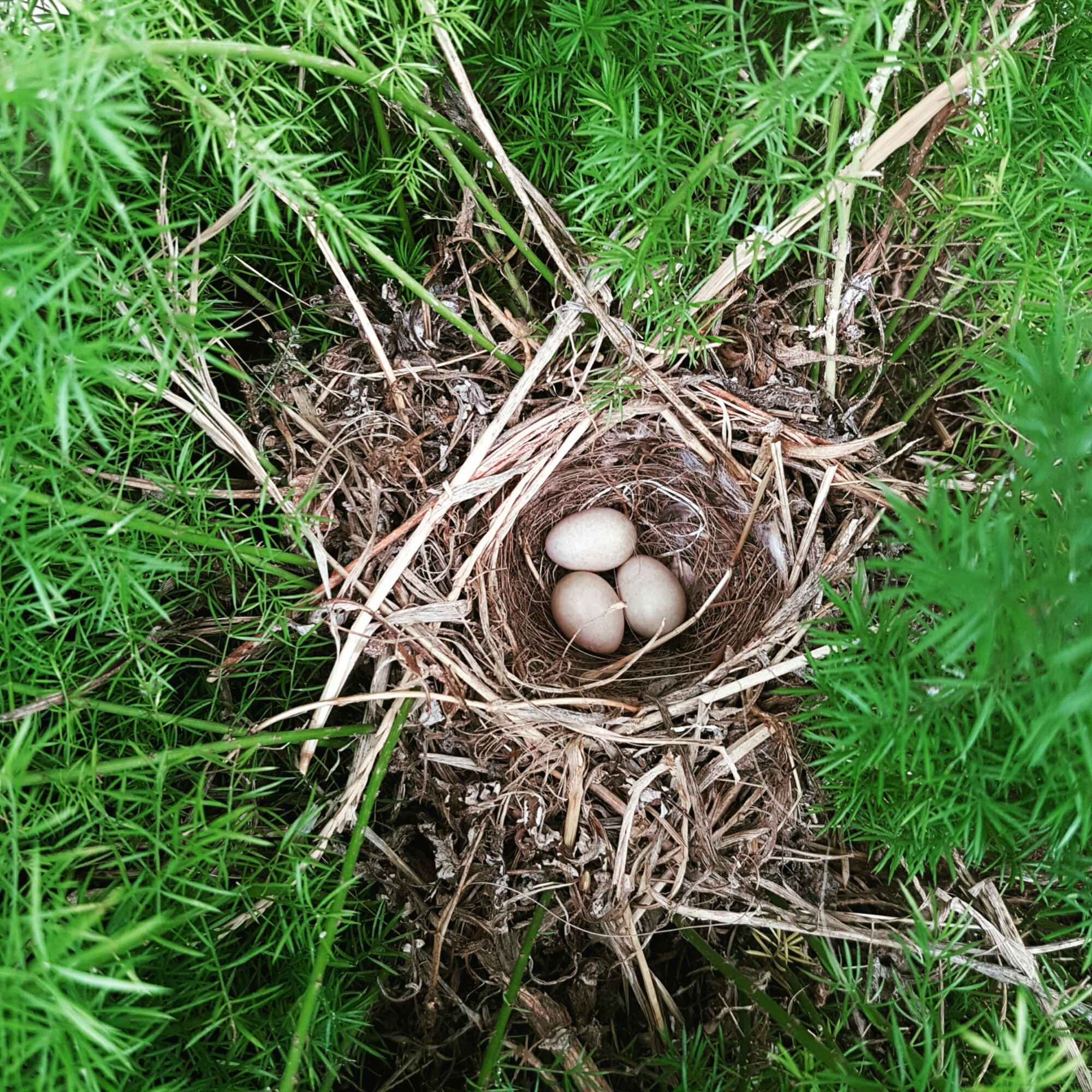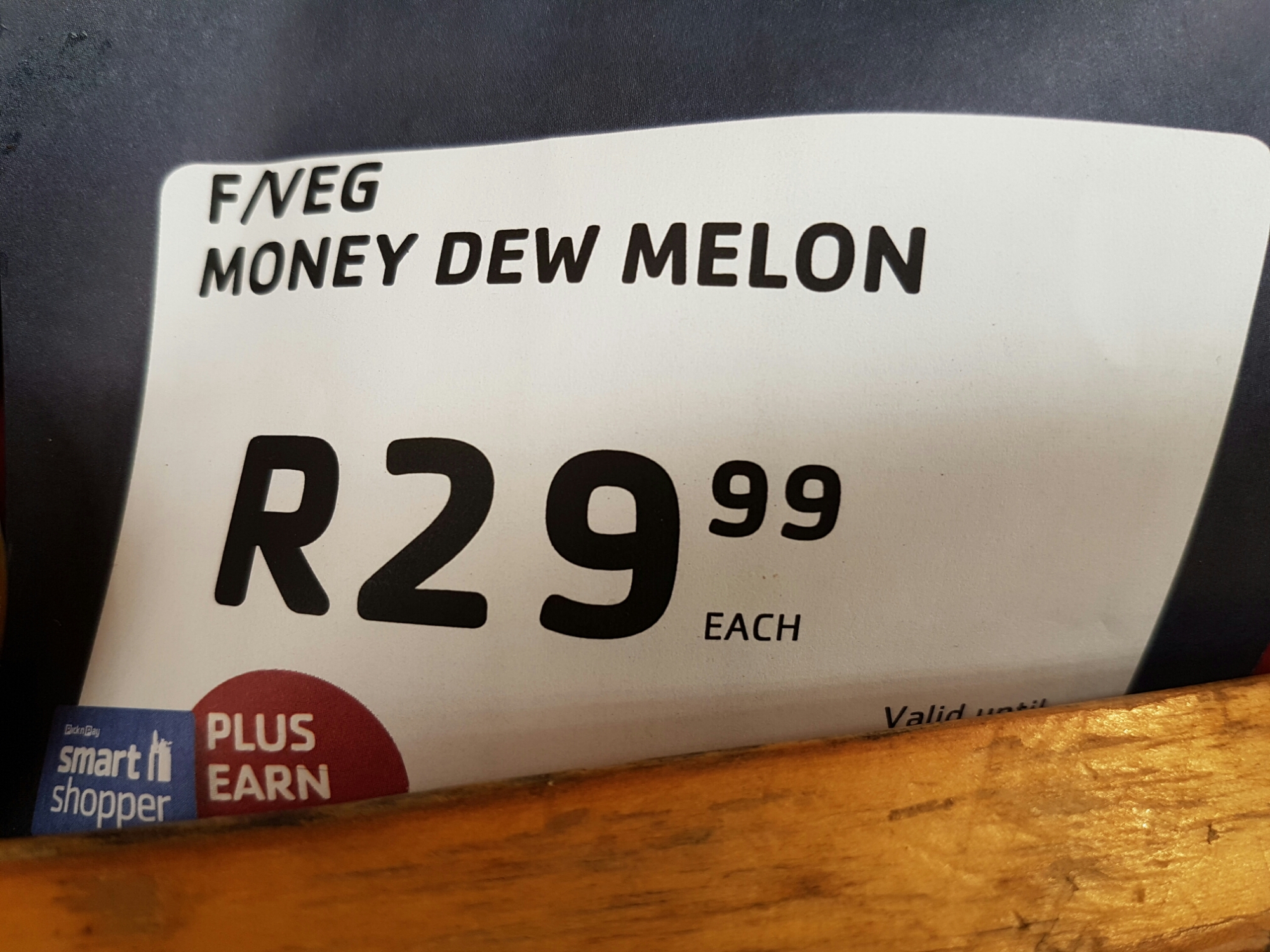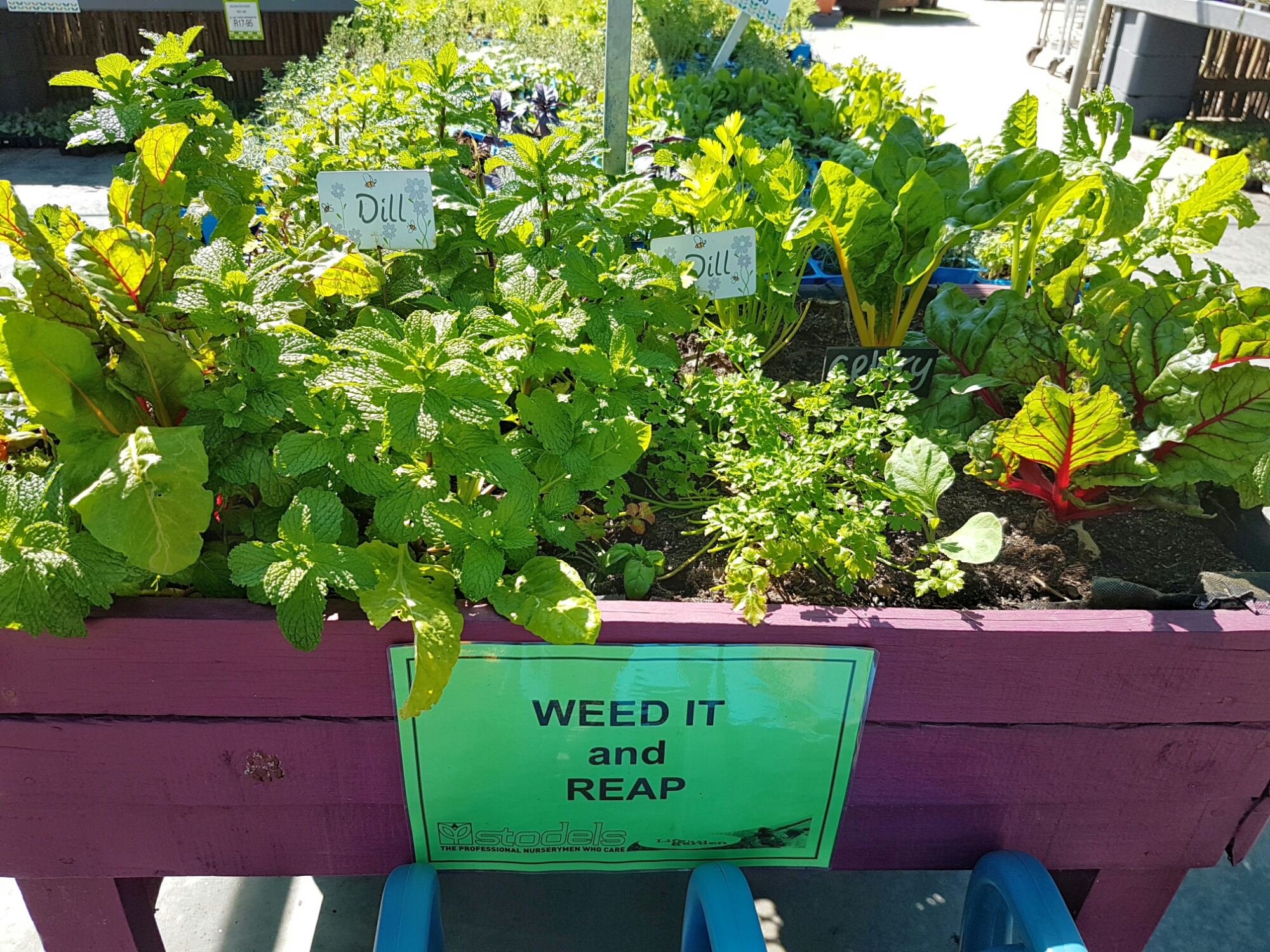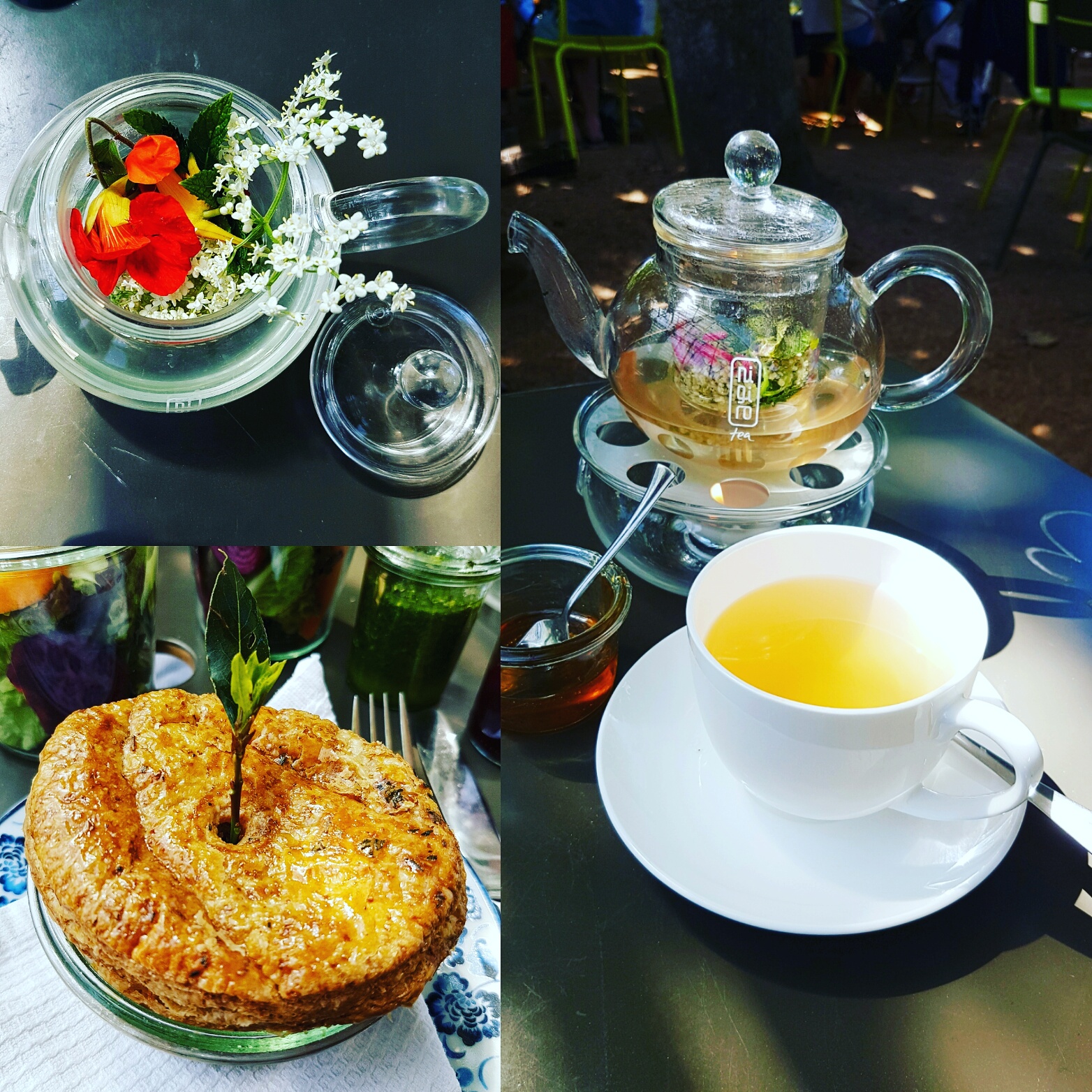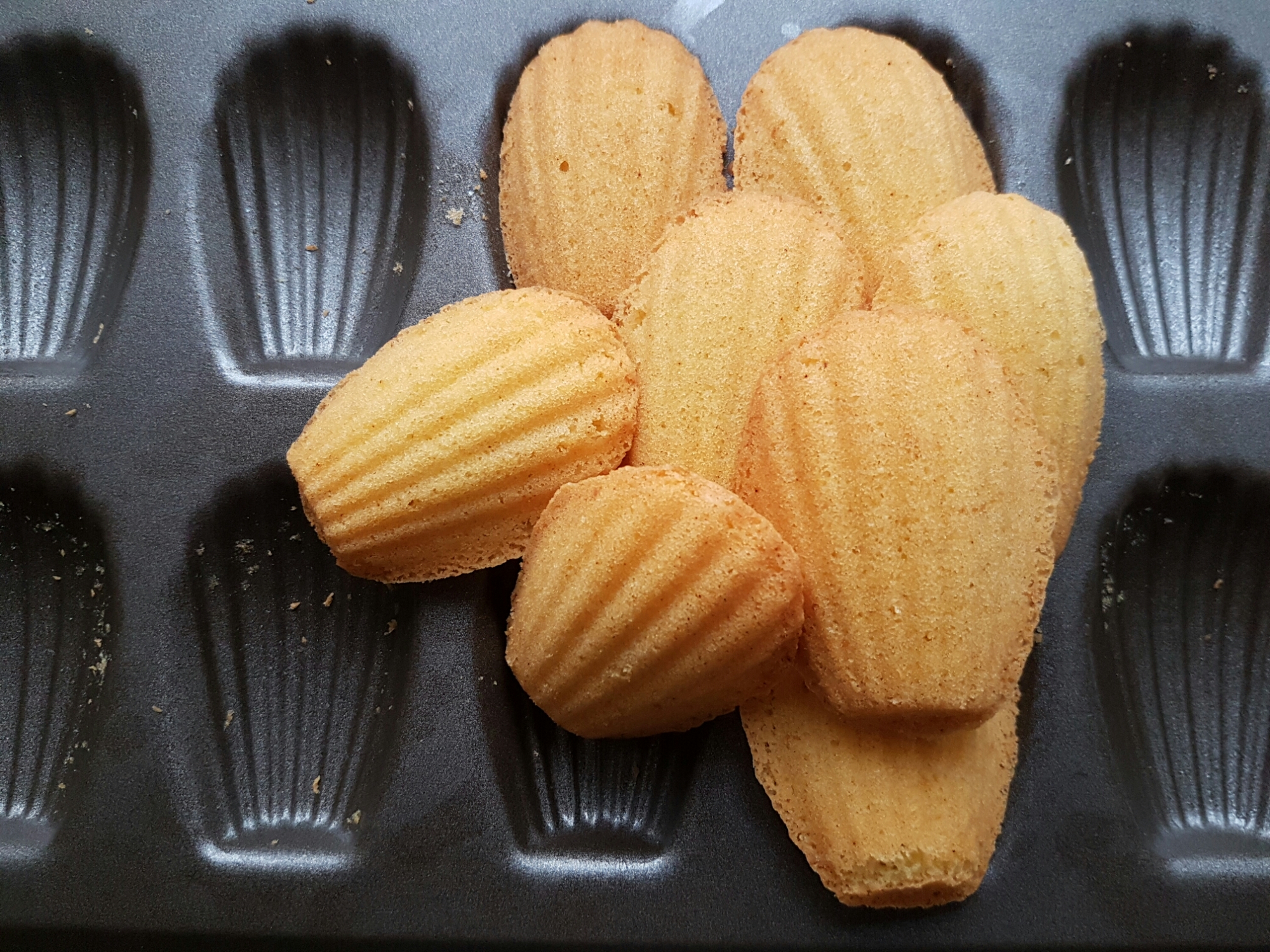General
Einstein and Buddha were onto something
I’ve come to realise that, despite his appearance, Einstein wasn’t just a mustachioed kook who spent too many days hanging around test tubes and chalkboards.
He actually made a few decent points in his time.
One of them, which I’ve come to think about a lot lately, is:
“Everything should be made as simple as possible, but not simpler.”
The essence of simplicity is reduction. Seeing the forest for the trees. It’s why classic lines and patterns cost more when it comes to cars, furniture or clothing. And why digital design that’s easy to use and beautiful to look at takes time.
It’s harder not to add more of everything. There’s nowhere to hide when all you have a simple idea that either stands out or collapses.
Buddha, himself not an entirely unwise gent, said some things that have helped me to evaluate what’s really important in business and in life.
I’ve started to think about these statements as mental road signs to get me where I want to go, even if the occasional detour pops up along the way.
Have a slow read of these. Consider how they apply to the frustrations and obstacles that come your way:
“The root of suffering is attachment.”
“Three things cannot be long hidden: the sun, the moon, and the truth.”
“There are only two mistakes one can make along the road to truth: not going all the way, and not starting.”
“In the end, only three things matter: how much you loved, how gently you lived, and how gracefully you let go of things not meant for you.”
I love Apple but I’m done with the iPhone. The Samsung Galaxy S7 has been nothing short of a lifesaver.
If you’d asked me a week ago what I thought of Android and the ugly duckling devices that ran a wimpish, good for nothing operating system with an app store filled with mishmash, I’d have been happy to list a very long string of reasons why the iPhone wasn’t just the first phone to get the touchscreen experience right, it was still the best choice by far.
A few days down the line and my iPhone’s in a drawer somewhere, I think, replaced by a Samsung Galaxy S7. Hardly a better time to cross over or a better device to do it with.
Trapped with the old phone in its dusty grave are the heavy-handed iOS restrictions that I turned a blind eye to for years.
The fact that you can’t delete all your mail at once, because you might make a mistake (you silly user you!). And the primitive padlocks on the operating system as a whole, meaning you can’t save files anywhere (try downloading and opening the same PDF every time you need it, like I did), because there’s no such thing as a file folder on an iPhone.
Sure you can keep images and games and music on the thing, but don’t try and save other formats or browse and categorise the files for later use, like uploading to Dropbox or other customised buffoonery that you might want to get up to with the phone you just spent over ten grand buying.
Spending a week with a phone that’s every bit as attractive as an iPhone on the outside and exponentially more capable on the inside has been a whirlwind romance that went from freedom and convenience last week, to instantly life changing last night.
S Health is Samsung’s pre-installed health app that lets you monitor and track the steps, exercise and important body functions that we need to give thought to as we all plan healthier lives to balance the way that work and technology have consumed our lives.
One of the functions in the app is a heart rate monitor, which measures and records your pulse using a built-in finger sensor next to the camera on the back of the phone. A bit of a gimmick, but pretty snazzy, I thought to myself a few days ago.
But at 11pm last night, when my mom started experiencing an onslaught of rushing palpitations after taking cough medicine a few hours earlier, it became a feature that we turned to for crucial lifesaving information. It helped us keep a check on her high heart rate, as it soared dangerously from 120bpm to almost 160 in 15 minutes.
After one last check, and a few frantic Google searches to see what we were dealing with, we had all the background info needed to know that the only next step was an emergency room. By the time we got there, my mom’s heart rate was 160. It took several hours of tests and medication to start bringing it down to normal and a 2-day hospital stay to be sure that everything’s stable.
I’d hate to think what might’ve happened if we’d just ignored it, because we didn’t have a reliable way of establishing the facts from home. It’s just one more reason I love the life device that is the S7. And though – as I’ve since discovered – there are third party apps for the iPhone that use the camera to estimate your heart rate, it’s proof again that it’s not something Apple takes as seriously as Samsung, because it ‘breaks rules’ and ‘creates tangents’ and ‘isn’t core business’.
Between Android’s open file system, endless customisation options, brimming Play store with dazzling apps, and Samsung’s commitment to leapfrogging tech obstacles to let people lead better (and better managed) lives, I’ve come to realise that the biggest problem I have with the iPhone is that it’s just that: a phone.
In 2016, we need devices that can co-exist with everything else while existing just as well on its own. The iPhone got stuck on making calls, downloading apps and playing music. All noble endeavours, but only small segments of our daily lives. Health, freedom, access, expandability through MicroSD, built-in NFC and all the other achievements on Samsung’s side of the scoreboard have turned their phones into truly life changing, always on, always changing, always notifying, always reliable pieces of equipment that aren’t extensions of our lives, but rather a very deep part of them.
The S7 has done more for me in its first 7 days than any other mobile device I’ve ever owned. I have an army of personal assistants and doctors making house calls. I can fast charge my battery from 1% to 100% in 75 minutes. And I can trust that the people who made my phone and the people managing my operating system are constantly at work behind the scenes, thinking about how to make my life a richer experience in every possible way.
What more could I ask for, really?
I have a feeling that Samsung and Android will be answering that question long before I do.
